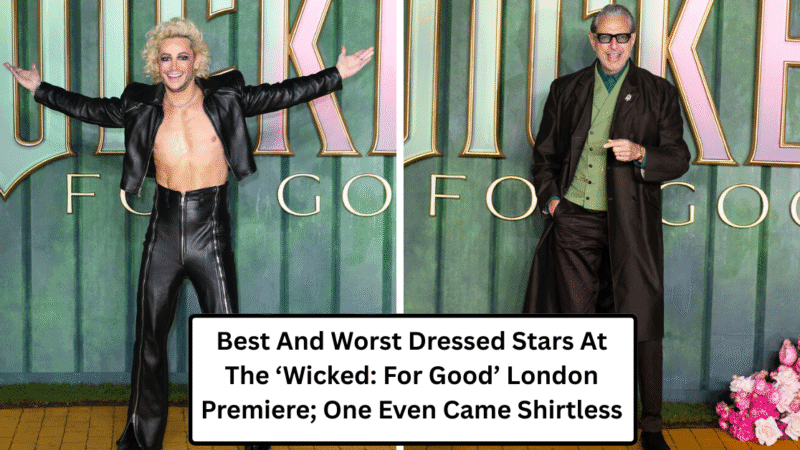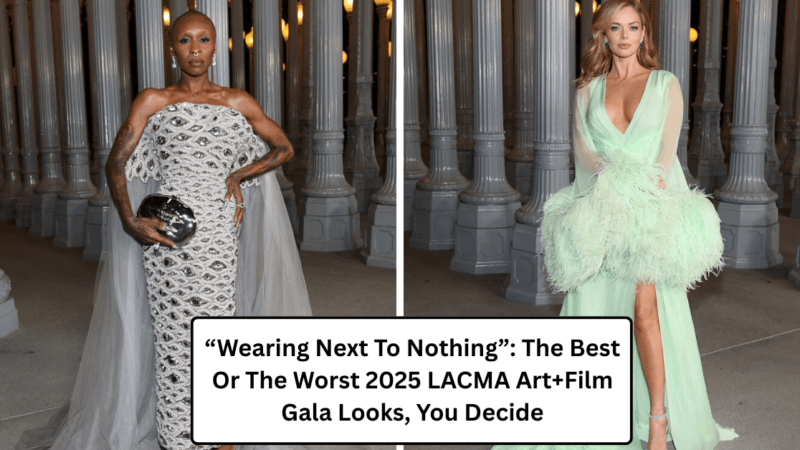The Glittering World of Celebrity Parties and Gala Scenes: Where Fame Meets Fantasy
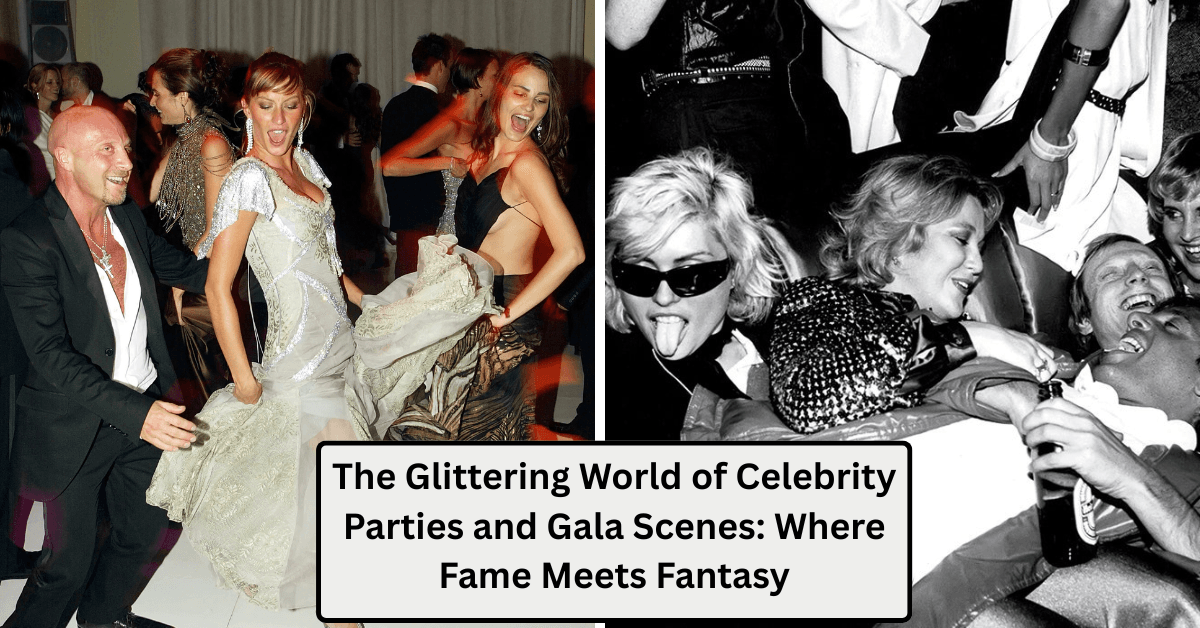
In a world where fame and fortune define cultural capital, Celebrity Parties and Gala Scenes have become the modern-day equivalent of royal courts. These glittering gatherings are not just social events—they are meticulously orchestrated displays of status, influence, and artifice. From the shimmering red carpets of Hollywood to the marble halls of European châteaus, the Celebrity Parties and Gala Scenes represent a fusion of performance and privilege, where every moment is both a celebration and a spectacle.
For the global audience, these events are windows into a lifestyle of glamour and exclusivity. But beneath the surface of champagne flutes and couture gowns lies a complex ecosystem—one driven by publicity, power dynamics, and the constant reinvention of celebrity identity. This article explores the intricate tapestry of the celebrity party and gala scene: its history, evolution, cultural influence, and the unseen mechanisms that keep it glimmering in the public eye.
Origins of Celebrity Social Spectacle
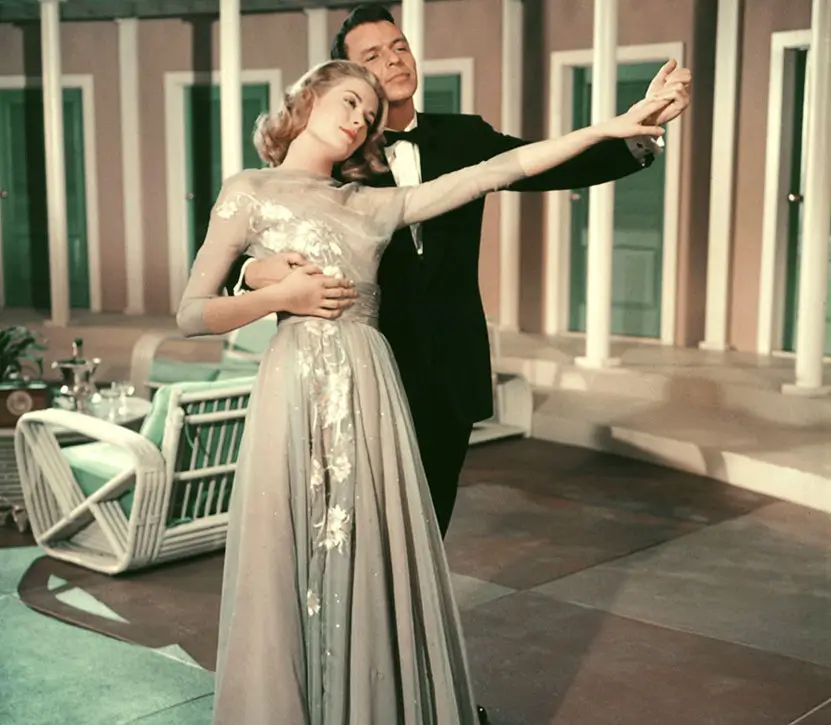
Before the days of paparazzi and Instagram, the idea of social spectacle was reserved for monarchs, aristocrats, and cultural elites. In 18th- and 19th-century Europe, salons, masquerade balls, and royal banquets were stages for nobility to flaunt wealth and forge alliances. With the rise of cinema and the birth of Hollywood in the early 20th century, these traditions evolved—shifting from hereditary privilege to fame earned (or sometimes manufactured) through talent, charisma, and publicity. This transformation laid the foundation for what we now recognize as Celebrity Parties and Gala Scenes, where fame replaced aristocracy as the new social currency of the modern age.
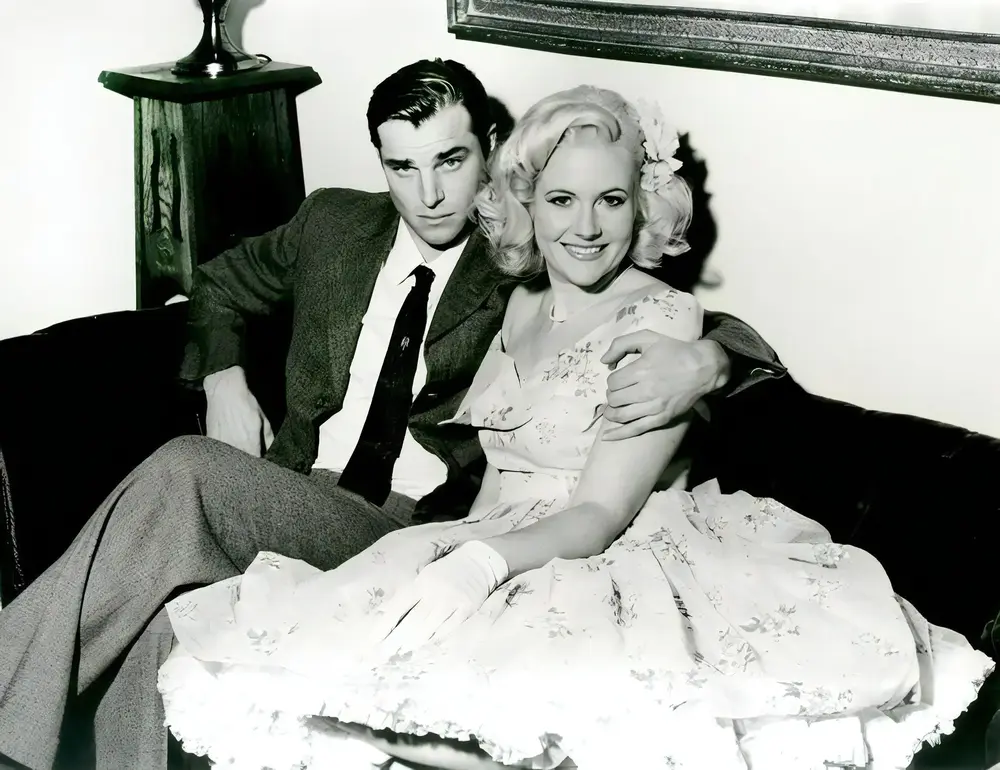
By the 1920s, Hollywood had already learned to harness the social spectacle. The film industry’s By the 1920s, Hollywood had already learned to harness the social spectacle. The film industry’s Golden Age saw studios organizing lavish premieres and star-studded gatherings, carefully curated to build the mystique of stardom.
Stars like Clark Gable, Greta Garbo, and Marlene Dietrich were not just actors; they were icons who represented fantasy itself. Their soirées, often held in Beverly Hills mansions or grand hotel ballrooms, blurred the lines between cinema and reality creating the early blueprint for Celebrity Parties and Gala Scenes that continue to define glamour and fame in today’s entertainment world.
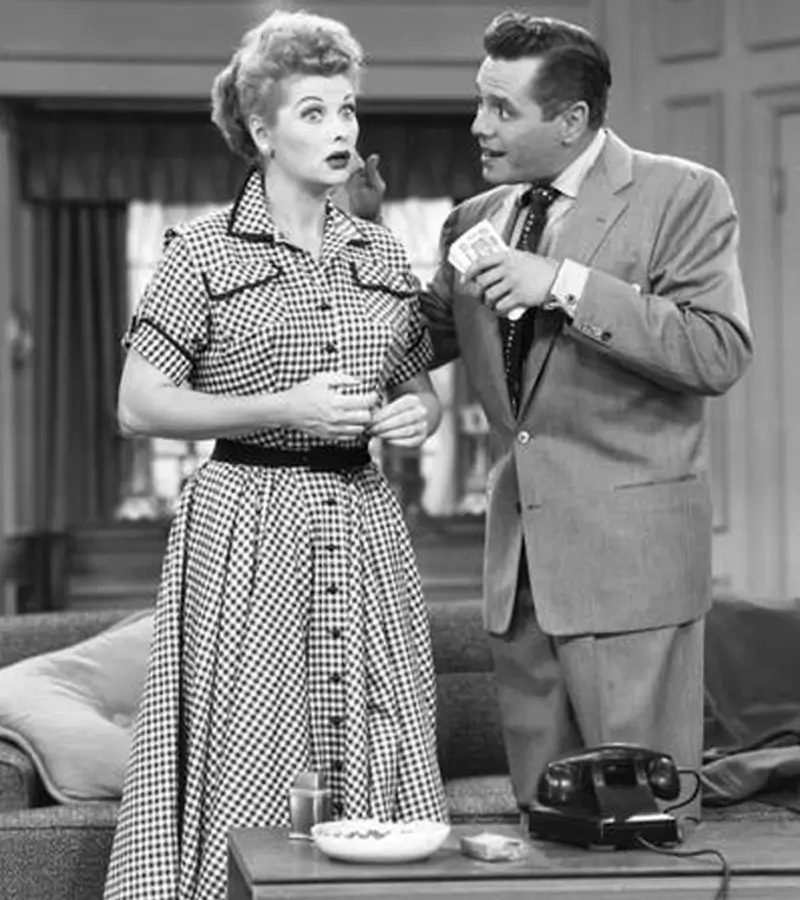
In post-war America, celebrity parties reflected the optimism and affluence of the era. Truman Capote’s 1966 Black and White Ball, held at New York’s Plaza Hotel, became the blueprint for modern celebrity galas a carefully choreographed blend of exclusivity, fashion, and media frenzy. Attendees included Frank Sinatra, Andy Warhol, and the Kennedys each one adding another layer of fascination to an already dazzling event.
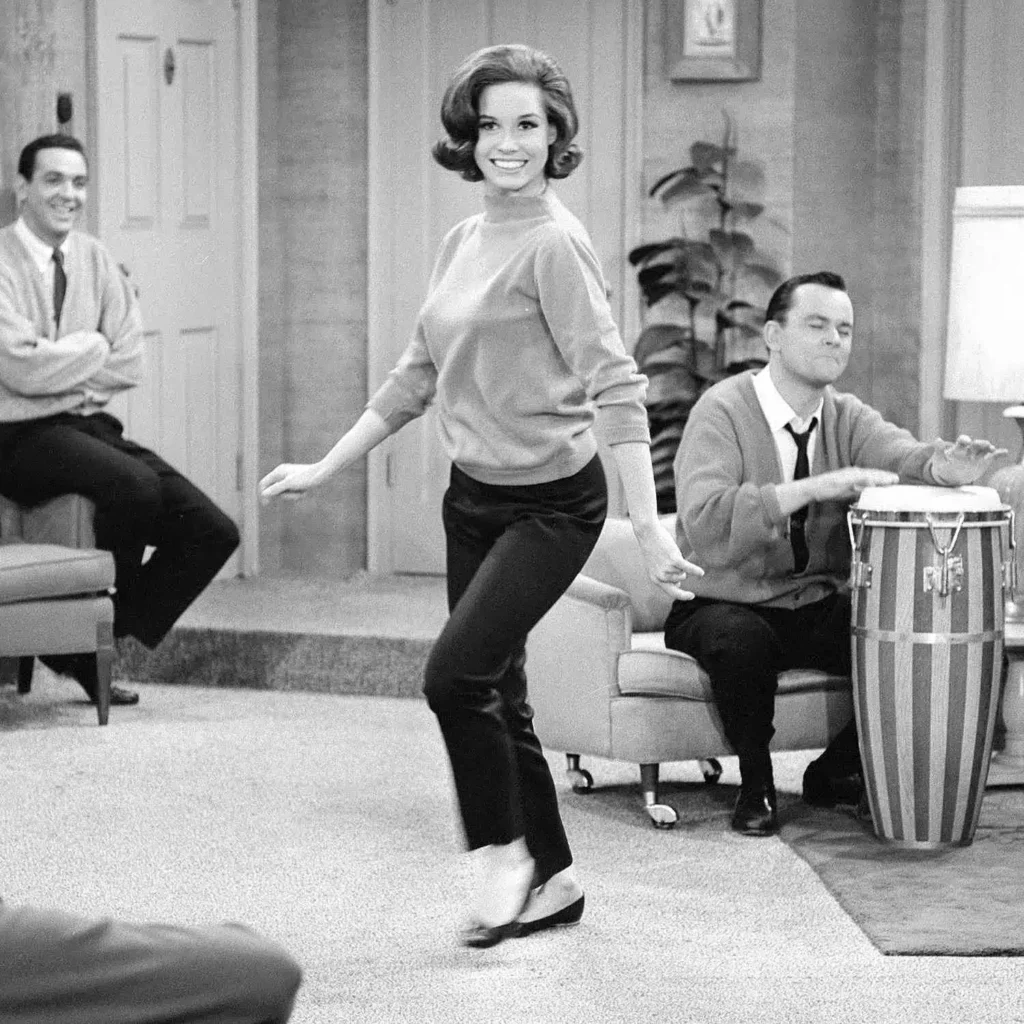
The Evolution of the Modern Gala
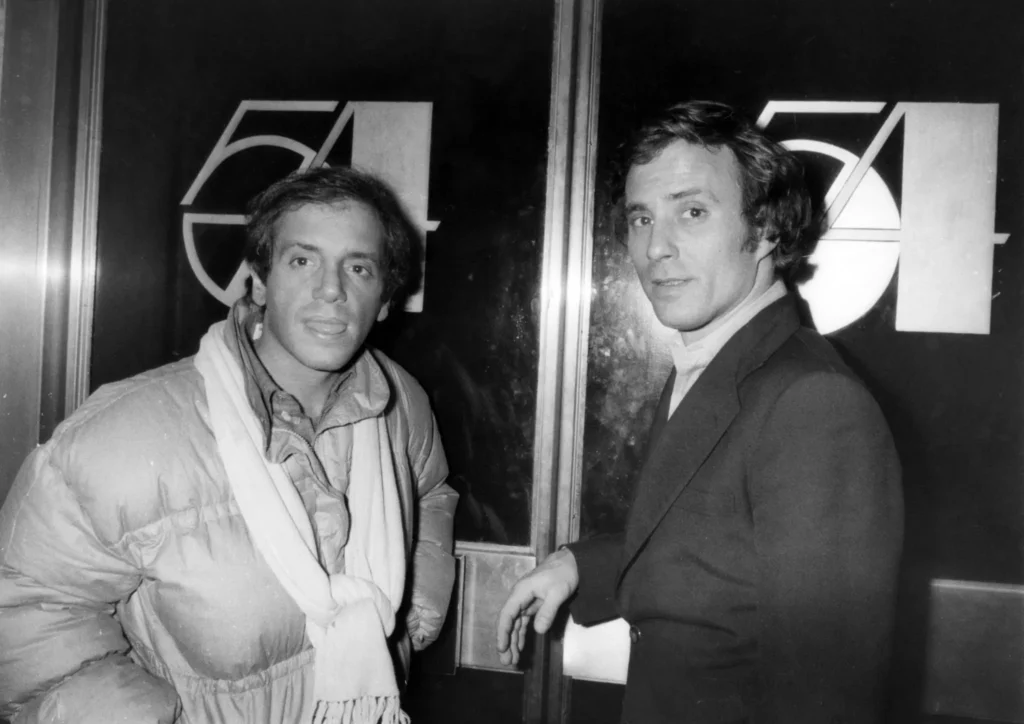
As the entertainment industry diversified, so too did its social calendar. The 1980s brought a surge of extravagant nightlife culture Studio 54 in New York, The Viper Room in Los Angeles, and Les Bains Douches in Paris became playgrounds for celebrities seeking freedom from the glare of the public eye. These were spaces where fashion designers, musicians, and film stars mingled, where boundaries dissolved, and where hedonism became an art form.
But it was the 1990s and early 2000s that truly transformed the gala into a global phenomenon. Fashion houses began to sponsor high-profile events, realizing that the right photograph on a red carpet could generate millions in media value. Charity galas and film festival after-parties like those at Cannes or the Oscars became essential stages for image-making. Celebrities didn’t just attend; they performed a role. The guest list became a cast, the venue a set, and every photograph a scene in the ongoing movie of fame.
The Met Gala, officially the Costume Institute Gala at New York’s Metropolitan Museum of Art, epitomizes this evolution. Under the stewardship of Vogue’s Anna Wintour, the event became less a fundraiser and more a global spectacle of style and identity. Each year’s theme from Heavenly Bodies to Camp: Notes on Fashion challenges celebrities to transform themselves into living works of art, merging fashion, culture, and theater into one night of pure fantasy.
Anatomy of a Celebrity Party
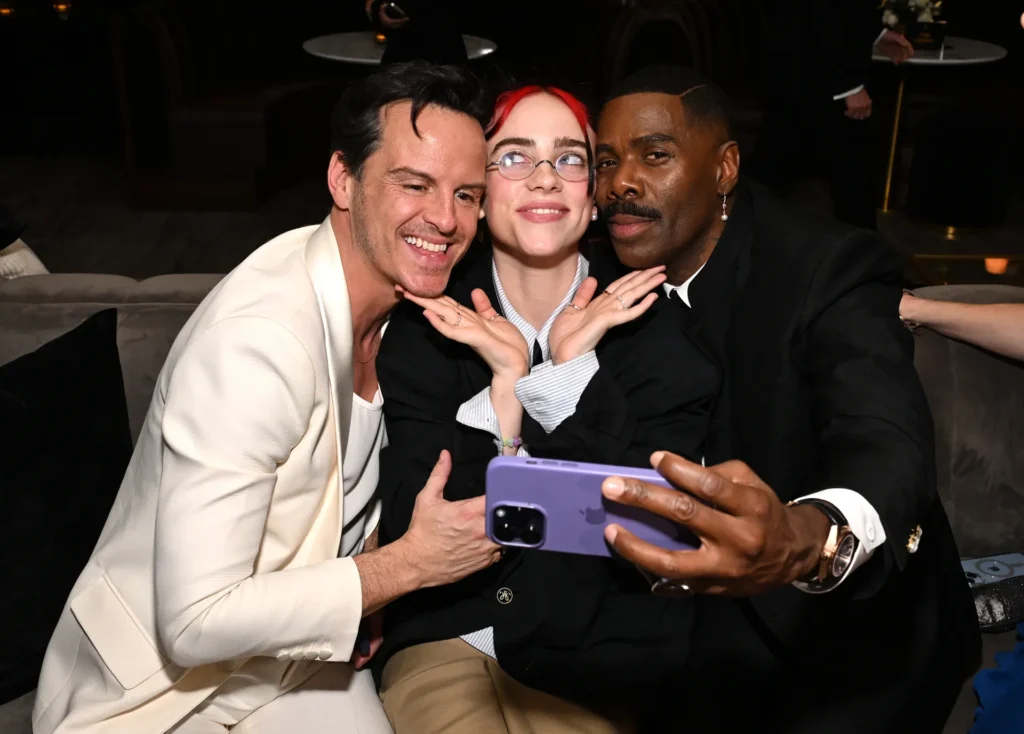
To the untrained eye, a celebrity party might look like chaos a blur of sequins, flashbulbs, and whispered gossip. But every element of such an event is meticulously planned, down to the lighting and the guest seating chart. Let’s break down the anatomy of a typical high-profile celebrity soirée:
The Guest List: Exclusivity as Currency
The guest list is the lifeblood of any celebrity event. Being invited signals status; being excluded can be a subtle social snub. Publicists and event planners curate these lists with surgical precision, balancing A-listers, rising stars, and influential figures from fashion, business, and art. Diversity, relevance, and public chemistry are all considered because every photograph or conversation might end up in tomorrow’s headlines.
The Venue: Setting the Stage
From private islands and five-star hotels to centuries-old villas and minimalist penthouses, the choice of venue tells a story. A-list event designers often transform spaces into immersive experiences a mirrored ballroom, a candlelit garden, or a futuristic installation where art and architecture collide. The venue becomes a character, shaping the mood and tone of the evening.
Fashion and Styling: The Visual Language of Fame
At celebrity events, clothing is not mere adornment it’s a statement. Designers compete to dress stars in custom creations, knowing that one viral red-carpet look can define a brand’s season. Stylists coordinate every detail: the gown, the jewelry, even the way a train falls under the camera flash. For male celebrities, modern fashion has expanded the spectrum from classic tuxedos to bold, gender-fluid silhouettes.
Media Management: The Choreography of Exposure
Behind the velvet ropes, PR teams manage the narrative. They control which photographs are released, who gives interviews, and how the event trends online. In an age of social media, where every guest is a potential broadcaster, maintaining an aura of exclusivity while fueling public fascination is a delicate balance. The best parties leak just enough to become legend but never enough to lose their mystique.
Iconic Parties That Defined Eras
Throughout history, certain parties have transcended their moment, becoming cultural milestones. Here are a few that shaped the modern celebrity party scene:
Truman Capote’s Black and White Ball (1966)
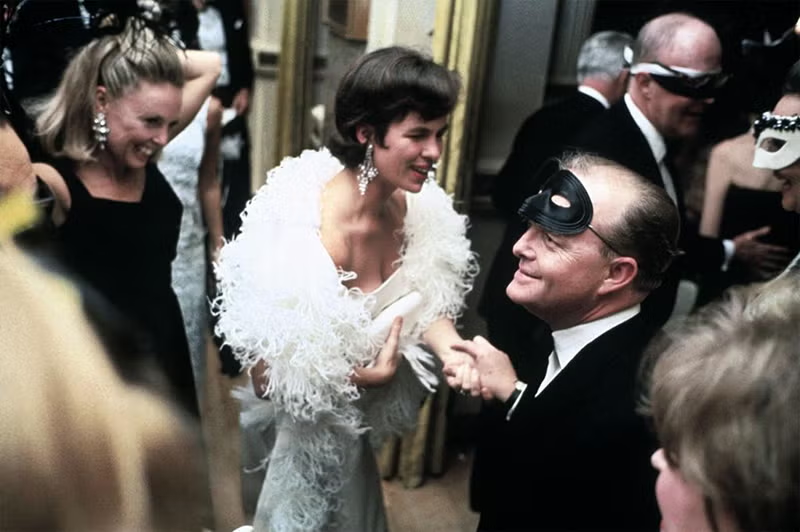
Often described as “the party of the century,” Capote’s gala was a masterclass in social alchemy. By blending high society with Hollywood’s glitterati, he created a new cultural hierarchy one based not on birthright, but on charisma and relevance. The event became a precursor to every high-profile gala that followed.
Studio 54’s Disco Nights (Late 1970s)
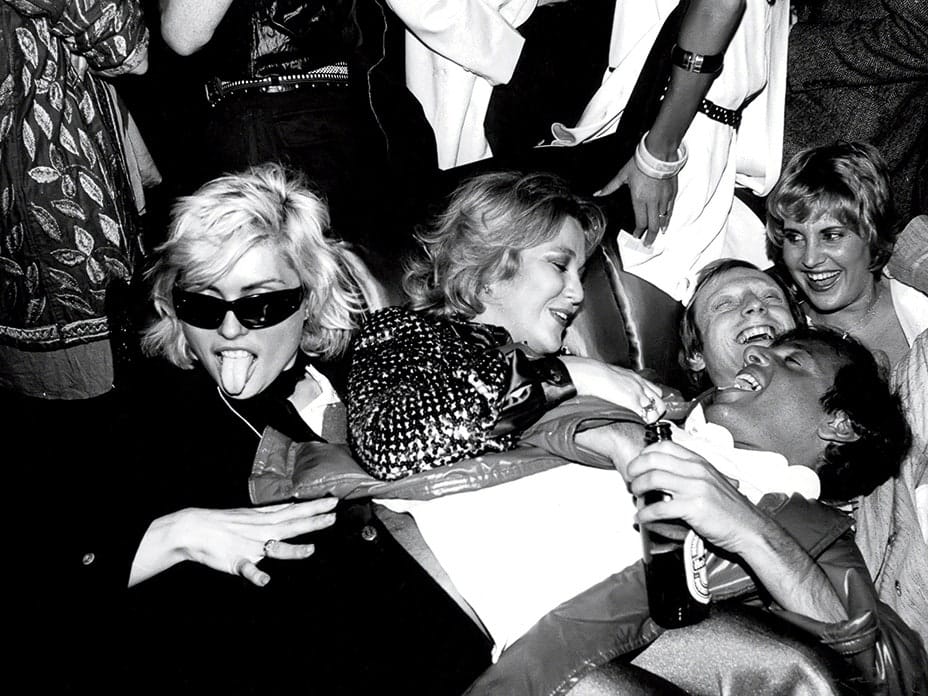
More than a nightclub, Studio 54 was a theater of excess. Mick Jagger, Diana Ross, and Andy Warhol danced under disco balls as paparazzi clamored outside. It was a place where celebrity culture merged with art, sexuality, and rebellion a golden era of liberated glamour that still influences fashion and nightlife today.
The Vanity Fair Oscar Party (1990s–Present)
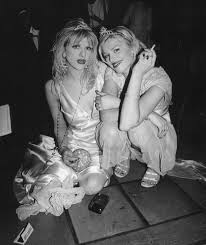
As the Oscars grew into a global spectacle, Vanity Fair’s post-ceremony event became the after-party. The guest list, curated by the magazine’s editors, represented the intersection of Hollywood power and journalistic prestige. Inside, photographers were banned, creating an aura of privacy in a world obsessed with exposure.
The Met Gala (2000s–Present)
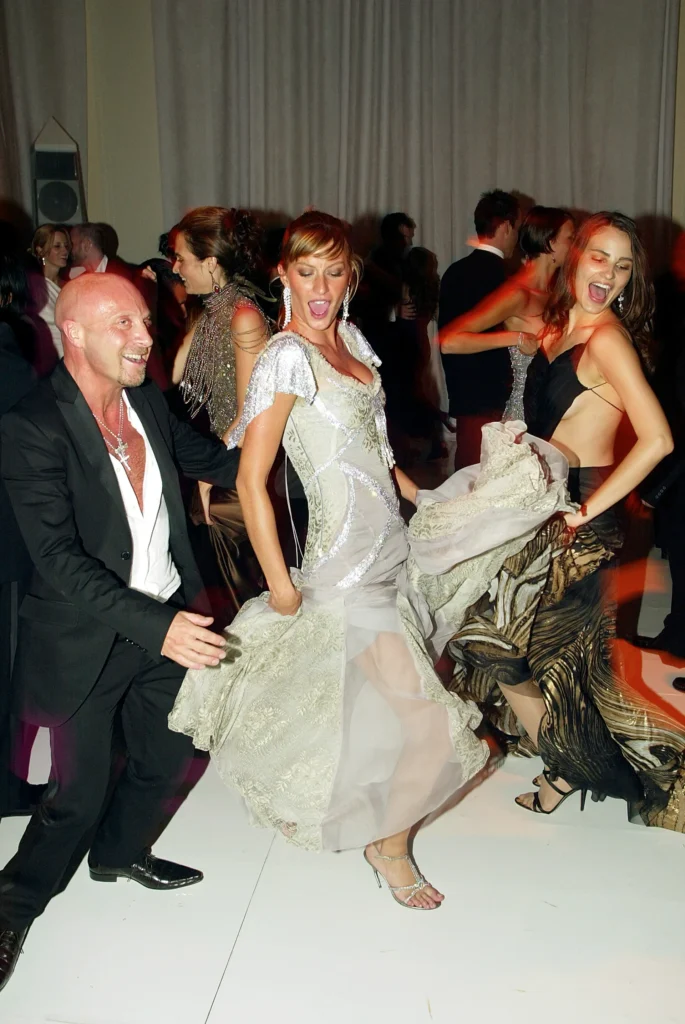
No event captures the theatricality of modern celebrity better than the Met Gala. Each year’s theme inspires breathtaking fashion statements Rihanna’s papal ensemble in 2018, Zendaya’s Cinderella gown in 2019, or Billie Eilish’s Marilyn Monroe homage in 2021. The Met Gala is both museum exhibition and performance art, blending philanthropy with pageantry.
Beyoncé and Jay-Z’s Oscars After-Party (2020s)
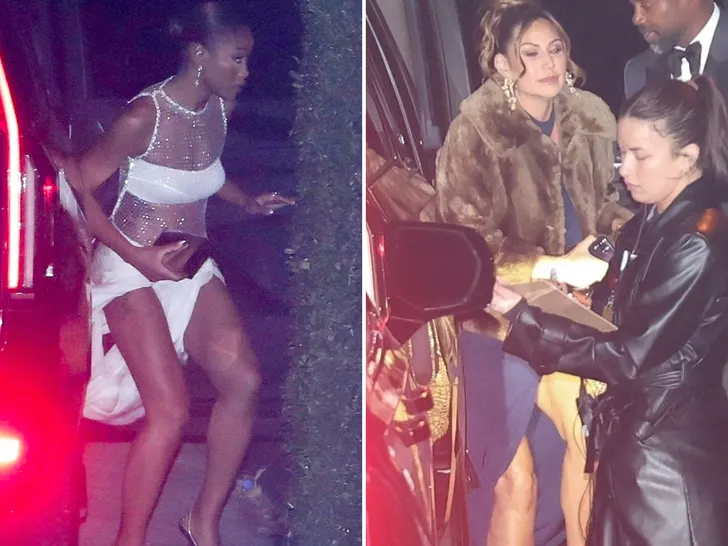
In recent years, private celebrity-hosted galas have redefined exclusivity. Beyoncé and Jay-Z’s annual post-Oscar soirée held at Chateau Marmont or private estates is notoriously secretive. Guests surrender phones at the door, ensuring that what happens inside remains the stuff of whispered legend. In an era of overexposure, this discretion is the new luxury.
Behind the Scenes: The Business of Glamour
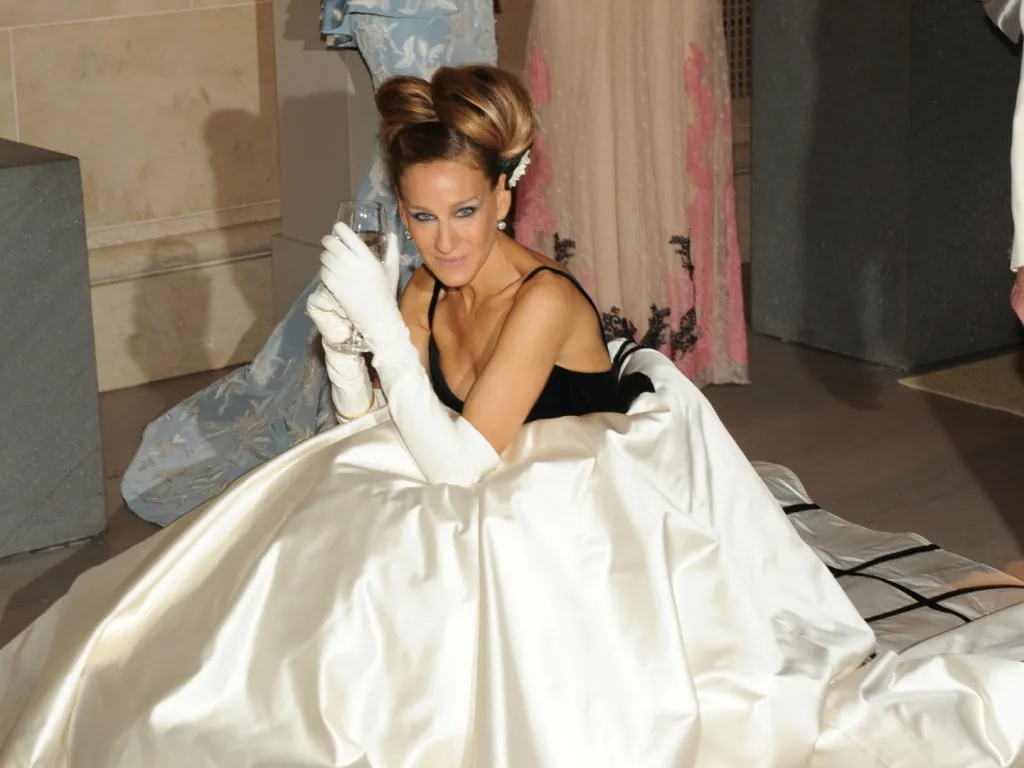
What most people don’t realize is that celebrity parties are rarely just celebrations they’re investments. Every event generates publicity value, reinforces branding, and strengthens industry alliances. A luxury fashion house hosting a gala, for instance, gains global exposure when celebrities wear its designs on the red carpet. Charitable foundations leverage star power to raise millions, while studios and streaming platforms use after-parties to court collaborators and investors.
Event planners, stylists, photographers, and PR agencies form an intricate ecosystem supporting this spectacle. Companies like Colin Cowie Lifestyle or Bronson Van Wyck design events with cinematic precision. Meanwhile, luxury sponsors Chanel, Louis Vuitton, Cartier—provide everything from décor to gift bags, transforming glamour into marketing gold.
Even social media platforms play a crucial role. Instagram and TikTok have democratized visibility, allowing fans to experience these events in real time. Yet paradoxically, the more accessible the imagery becomes, the more the industry leans on secrecy to preserve allure.
Celebrity Parties in the Age of Social
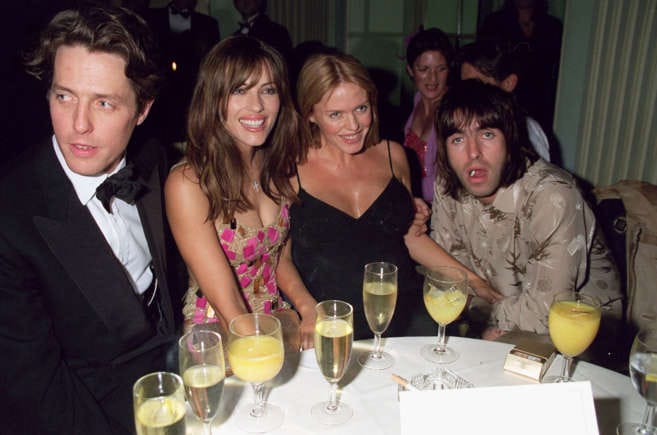
The digital revolution has reshaped the very fabric of celebrity culture. In the pre-internet era, access was limited to glossy magazines and TV broadcasts. Today, celebrities curate their own narratives, livestreaming from gala carpets or posting “candid” after-party selfies. The boundaries between public and private have all but vanished.
However, this accessibility has also sparked a countertrend: exclusivity through digital restraint. High-profile events now impose phone bans or NDA agreements to maintain mystique. The 2023 Met Gala, for example, reportedly enforced stricter photo policies to preserve intimacy among guests.
Influencers have also entered the mix. Social media stars now share the stage with Hollywood legends, redefining who qualifies as a “celebrity.” At the same time, traditional celebrities use parties as platforms to reassert relevance in a constantly shifting digital landscape.
Cultural and Sociological Impact
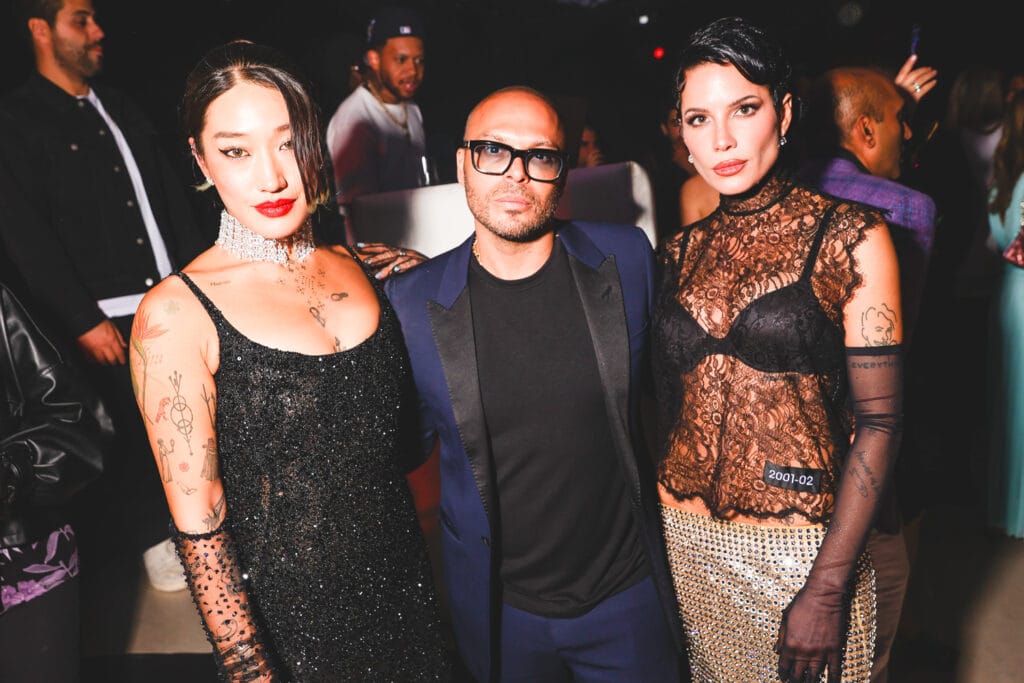
Beyond glamour, celebrity parties hold a mirror to society’s evolving values. They reflect shifts in gender norms, aesthetics, and even politics. For instance, the increasing representation of diverse identities on red carpets signifies a broader cultural embrace of inclusivity. LGBTQ+ icons like Billy Porter and Lil Nas X have turned gala appearances into statements of self-expression and empowerment.
Moreover, charity galas have redefined philanthropy as performance. Events like the amfAR Gala in Cannes or the Baby2Baby Gala in Los Angeles merge activism with celebrity influence, raising millions for causes ranging from AIDS research to child welfare. Critics, however, argue that such displays can blur the line between genuine advocacy and image management a debate that continues to shape the ethics of celebrity participation.
The spectacle also influences global fashion trends, with designers tailoring entire collections based on red-carpet feedback. In this sense, the celebrity gala is not just a social event it’s a laboratory of cultural production, dictating what beauty, power, and modernity look like at any given moment.
The Dark Side of the Glitter
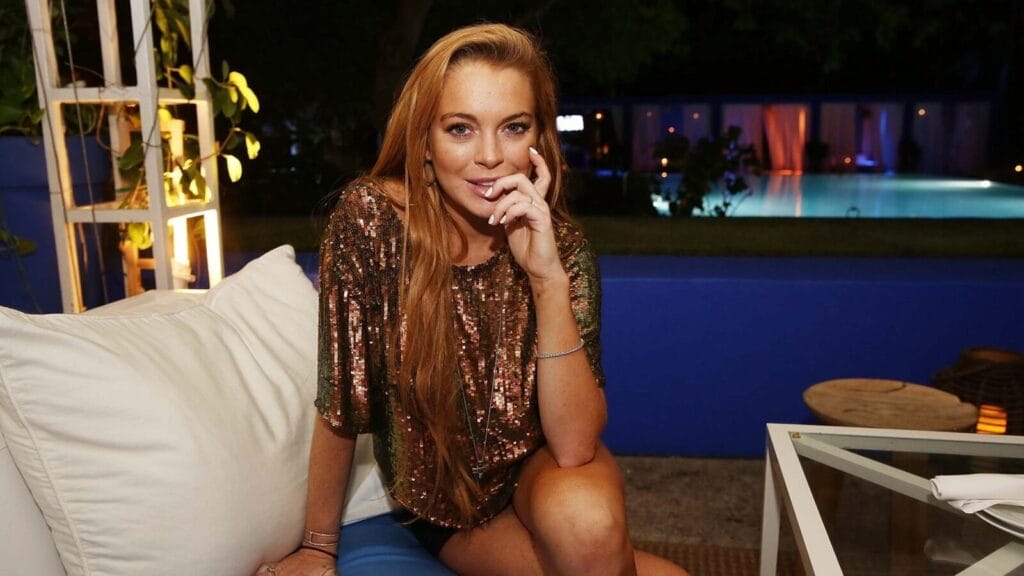
Behind the glamour lies pressure. The expectation to look perfect, network flawlessly, and remain relevant can take an emotional toll. The party scene’s excesses alcohol, drugs, constant exposure have led many celebrities down destructive paths. Studio 54’s notorious downfall, Lindsay Lohan’s public struggles, and the burnout of social media influencers all reveal the fragility behind the façade.
There’s also the issue of authenticity. As parties become more branded and performative, critics argue that spontaneity has vanished. Every guest, outfit, and Instagram post is curated to fit a narrative. The result: a culture where appearances often outweigh substance, and the line between celebration and spectacle blurs into illusion.
The Future of Celebrity Gatherings
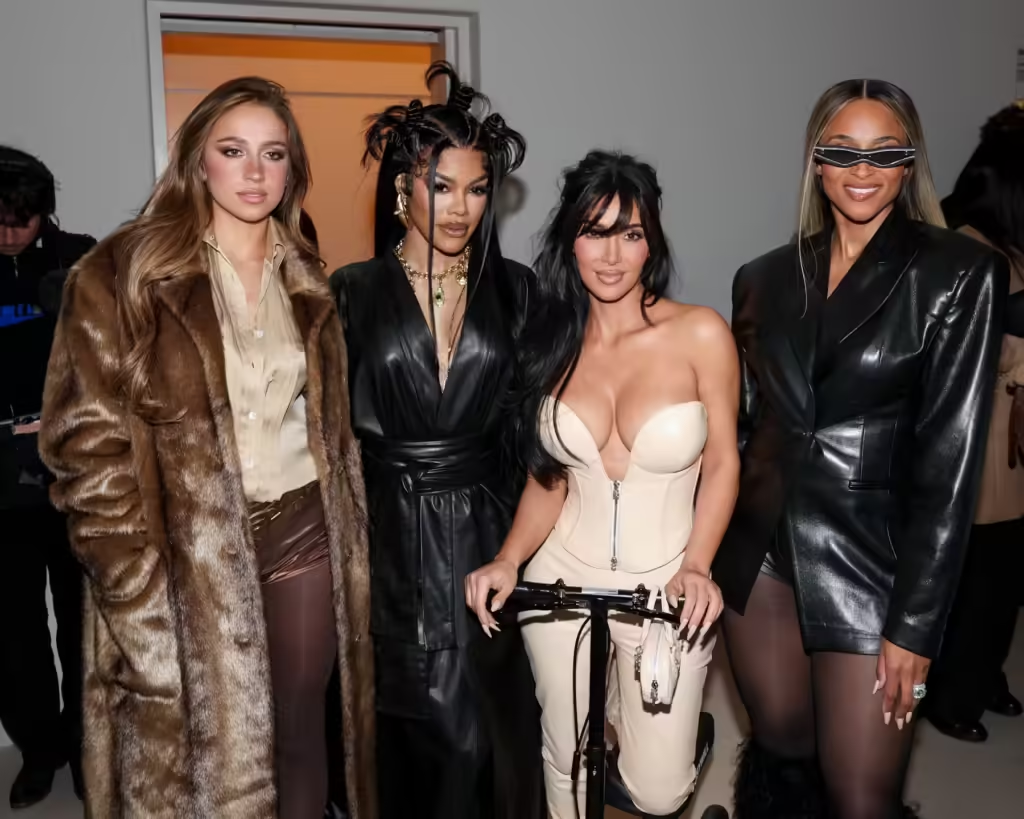
As the world grapples with sustainability, diversity, and digital transformation, the celebrity party scene is evolving once again. Virtual galas emerged during the pandemic, blending technology with creativity such as the online Met Gala challenges that invited fans to participate from home. Moving forward, hybrid models may dominate: exclusive physical gatherings complemented by digital storytelling.
Sustainability is also entering the conversation. Designers and event planners are embracing eco-conscious materials, zero-waste catering, and carbon offsets to align luxury with responsibility. Meanwhile, new generations of stars like Zendaya, Timothée Chalamet, and Florence Pugh approach fame with more authenticity, using gala appearances not just to impress but to inspire.
Artificial intelligence and digital fashion are poised to redefine red-carpet culture entirely. Virtual garments, holographic performances, and AI-generated aesthetics might soon become staples of the celebrity party experience. The spectacle will continue but it may look radically different.
From the masked balls of old Europe to the Met Gala’s crimson steps, celebrity parties have always been more than mere social events. They are mirrors reflecting humanity’s enduring fascination with glamour, aspiration, and transformation. Each champagne toast, couture gown, and whispered rumor feeds the mythology of modern fame a mythology built not just on talent, but on performance.
In the end, what makes these scenes so captivating is not just the beauty or the luxury it’s the storytelling. Every gala is a narrative of who’s rising, who’s fading, and who dares to reinvent the rules. Beneath the flashbulbs and the diamonds lies something deeply human: the desire to belong, to be seen, and to shimmer, even if only for a night.
The celebrity party will always evolve, adapting to new technologies and cultural shifts. But its essence remains timeless a place where dreams are staged, identities are sculpted, and reality, for a fleeting moment, feels like art.

